Ten Ways to Design Architecture for Wildlife
Justin Crane, AIA explains ten different ways architects can design while lessening negative impacts on wildlife and natural habitats.
View Post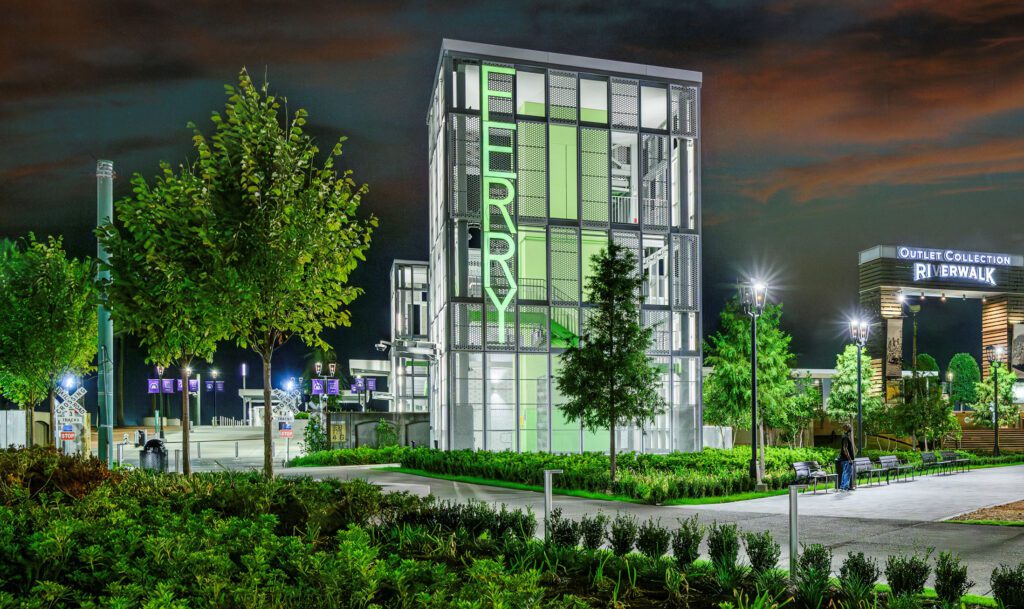
By Madeline Burns, AIA, LEED AP BD+C, CPHC
Happy Earth Day!
The built environment is so much more than concrete and steel. There are many plants and animals that live in urban areas, alongside us human species. Animals have adapted to our cities across all range of environments, and have, in some cases, developed unique traits in order to survive. Some birds, for example, have larger brain sizes compared to those of their wild brethren and some urban mammals produce larger litters to counter elevated infant mortality rates in cities.1 A 2014 study on the biodiversity of urban animals2 found that approximately 20% of an area’s native birds and 5% of its native plants can be found in its cities. These creatures primarily rely on urban greenspaces, however small, for their survival.
As cities rapidly expand globally, with an estimated urban population by 2045 of 6 billion, or 7 in 10 people,3 the importance of supporting native species and adding to urban greenspace is urgent. Studies have indicated that the presence of native species in cities has been declining worldwide.2 Incorporating and expanding naturally biodiverse native landscapes into our cities is beneficial for the local ecology and for human health, safety and welfare.
In recognition of the urgency of climate resilience, coupled with the evidence that lower-income neighborhoods typically have far less urban tree cover4 from historic lack of investment reforesting and rewilding urban streetscapes has been gaining momentum in today’s cities. The urban tree canopy (UTC) has been shown to significantly reduce “urban heat island effect,”5 and contribute to healthier environments, stormwater management, evaporative cooling, carbon capture and much more.6 Non-profit urban forestry programs like City Forest Credits are incentivizing action through carbon credits to support ESG goals. And in environmental justice communities, such as parts of Somerville, MA, a grass-roots effort, “Green & Open,” is working to remove backyard asphalt and concrete and replace it with rain-absorbing earth and plantings.
The Inflation Reduction Act has also sought to address this issue by investing funds in the planting of trees in historically red-lined, low-income areas, which will not only generally benefit resident’s health and well-being, but could also increase property values and reduce crime.7 The US Forest Service has funded almost $1 billion in this program, funding projects in all 50 states, and all will benefit disadvantaged communities.8 Urban heat island effect is expected to increase in severity with climate change and increased urbanization globally, so it is vital that we reduce the effect through mindful and meaningful design measures as well.

As designers, we create environments, both outside and inside. We collaborate with landscape architects, civil engineers, and stakeholders to bring native biodiversity into our urban projects. When working with a client, we often discuss target goals, and incorporation of native species to the landscaping can be included in that list. Understanding how the building interacts with the surrounding landscape is a tenet of good urban design, and inviting landscapes can make the difference between welcoming and hostile urban spaces.
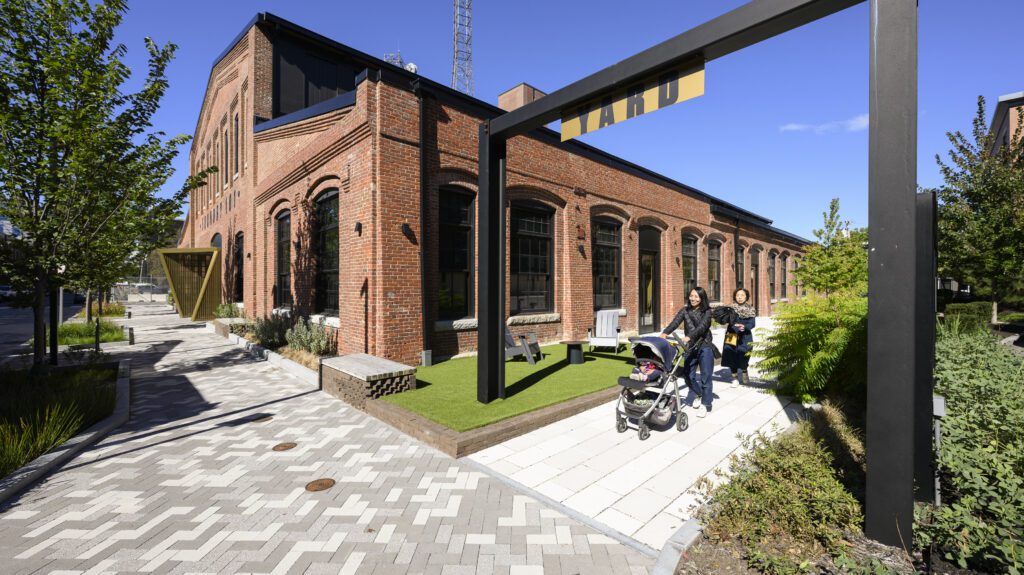
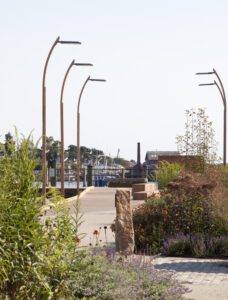
The LEED metric and the International Living Future Institute (ILFI)’s “Place” petal have greatly helped out with these efforts by guiding and encouraging building owners to consider the value of Sustainable Sites9 and local habitat, as well as track the incorporation of native species.
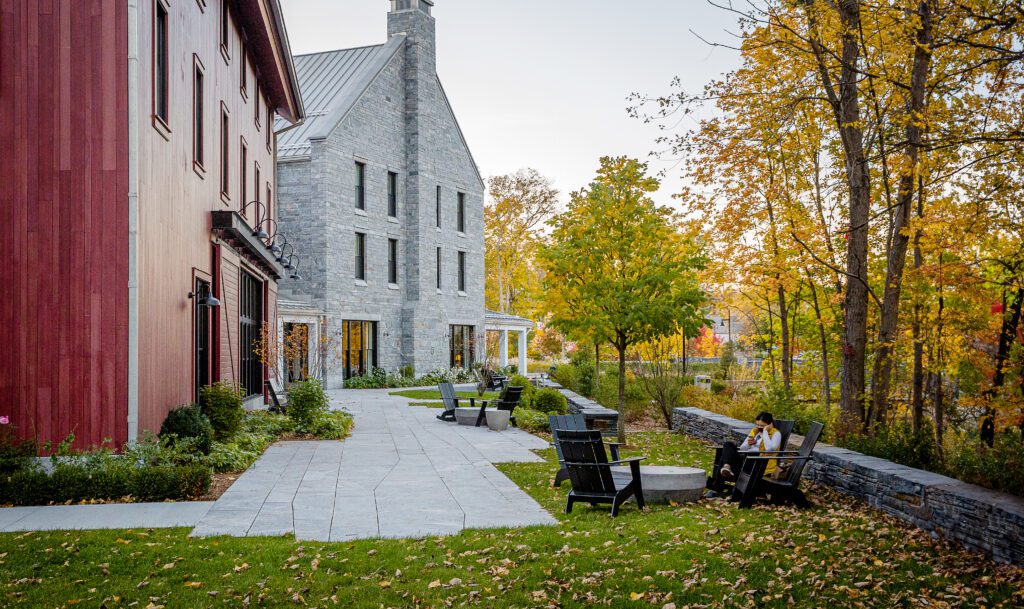
Beyond measures that architects and designers take to improve urban ecology, individuals can help improve biodiversity in a variety of manageable ways. Everyone can help improve local biodiversity. If you have a place to plant or put a potted plant, you can help affect change!
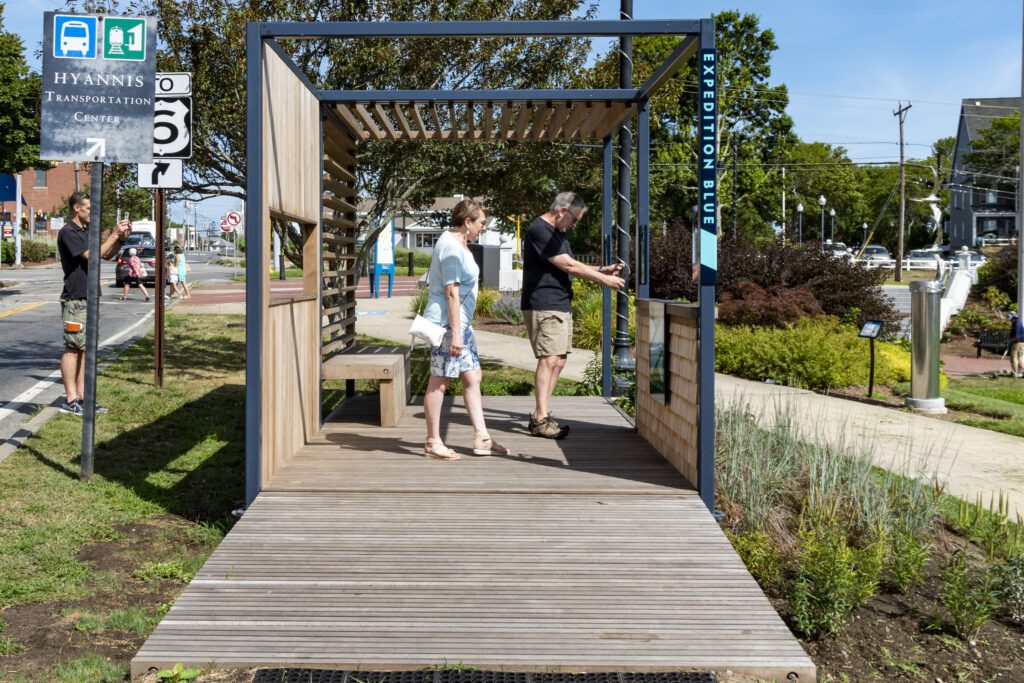
1 Aronson, M. F., La Sorte, F. A., Nilon, C. H., Katti, M., Goddard, M. A., Lepczyk, C. A., … & Winter, M. (2014). A global analysis of the impacts of urbanization on bird and plant diversity reveals key anthropogenic drivers. Proceedings of the Royal Society B: Biological Sciences, 281(1780), 20133330
2 Santini, Luca & González-Suárez, Manuela & Russo, Danilo & Gonzalez-Voyer, Alejandro & von Hardenberg, Achaz & Ancillotto, Leonardo. (2018). One strategy does not fit all: determinants of urban adaptation in mammals. Ecology Letters. 22. 365-376. 10.1111/ele.13199.
3 The World Bank. (2023, April 3). Urban Development. World Bank. https://www.worldbank.org/en/topic/urbandevelopment/overview#:~:text=Globally%2C%20over%2050%25%20of%20the,housing%20their%20expanding%20populations%20need.
4 https://www.fs.usda.gov/nrs/pubs/jrnl/2022/nrs_2022_nowak_001.pdf
5 https://www.fs.usda.gov/research/treesearch/54836
6 https://cwp.org/urban-tree-canopy/
7 https://www.fs.usda.gov/nrs/pubs/jrnl/2022/nrs_2022_nowak_001.pdf
9 https://sigearth.com/earn-leed-credits-using-native-plant-species/
Justin Crane, AIA explains ten different ways architects can design while lessening negative impacts on wildlife and natural habitats.
View PostJacob Bloom, LFA tells us about the Living Future Institute and shares about CambridgeSeven's commitment to the Living Building Challenge, part of our ongoing focus on the far-reaching implications that our design choices can have on our community and the planet.
View PostUsing bio-positive design to create opportunities that support flora and fauna at the ocean's edge also create resilient and educational waterfront sites.
View Post